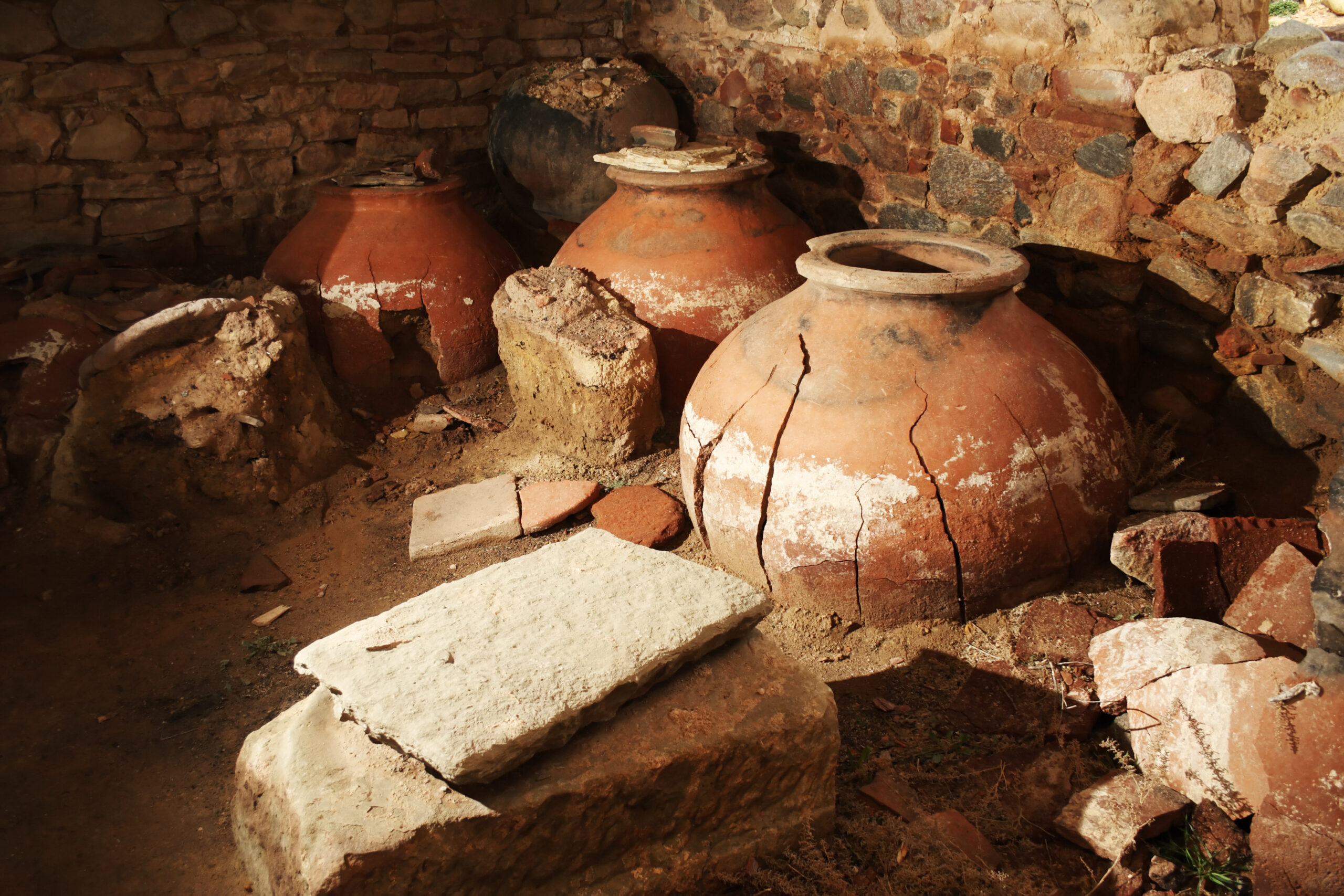You may not give much thought to the origins of your favorite coffee mug or beaded necklace, but pottery and beads have a significant place in human history. Ancient pottery and beads have been extensively studied by researchers to uncover hidden insights about our past. These artifacts, commonly unearthed in archaeological sites, provide valuable information about ancient cultures for various reasons.
The History of Pottery
Pottery, considered one of humanity’s most important inventions, has played a crucial role in societies worldwide for millennia. Various pottery styles were developed by ancient civilizations such as Greece, Japan, and Peru, showcasing a diverse range of designs and decorations that became integral to daily life. The oldest known pottery dates back approximately 15,000 years in Japan, with recent discoveries pushing this timeline back to 20,000 years. While it was traditionally believed that pottery production coincided with the rise of agriculture, evidence now suggests that hunter-gatherers also engaged in ceramic creation.
The Significance of Pottery in Ancient Societies
Throughout history, ceramics were ubiquitous in daily life, particularly in ancient Greek and Roman cultures. Pottery served multiple functions, including food storage, cooking, and as vessels for drinking and storage. Greek ceramics are renowned for their intricate artwork depicting mythological tales and historical events, offering valuable insights into ancient customs and practices. Some cultures even used pottery in burial rituals, with clay pots commonly found in graves. Recent research challenges the notion that this practice was solely due to economic constraints, highlighting the deeper cultural significance of pottery in funerary practices.
Pottery’s Role in Ancient Trade
Pottery played a vital role in ancient trade networks, especially during the Roman era when vessels carrying various goods traversed the Mediterranean and beyond. Amphoras, used to transport commodities like olive oil and wine, were discovered in abundance at sites like Monte Testaccio in Rome, shedding light on ancient trading practices. These artifacts not only served practical purposes but also provided valuable insights into ancient economies and cultural exchanges. Unlike perishable materials, pottery endures over time, offering researchers a tangible link to the past and enabling them to reconstruct ancient recipes and customs through residue analysis.
The Evolution of Beads
Archaeological sites worldwide yield evidence of beads crafted and worn by ancient civilizations for self-expression and adornment. The origins of bead-making trace back thousands of years, with materials ranging from shells to precious stones. Bead necklaces, ranging from simple designs to intricately carved pieces, required both technical skill and artistic flair. Discoveries in northern Egypt dating back to 3,200 B.C.E. showcase the use of beads alongside precious materials like gold, illustrating the cultural significance of these ornaments.
The Cultural Significance of Beads
Beads, like pottery, held symbolic meanings beyond mere decoration. In ancient Egypt, colorful faience beads symbolized rebirth, while precious gems like lapis lazuli denoted wealth and status. Certain beads were believed to possess protective or healing properties, leading to a thriving trade in materials like amber. Amber and other precious materials were not only decorative but also served as talismans against illness and evil, particularly for children in ancient Roman society.
